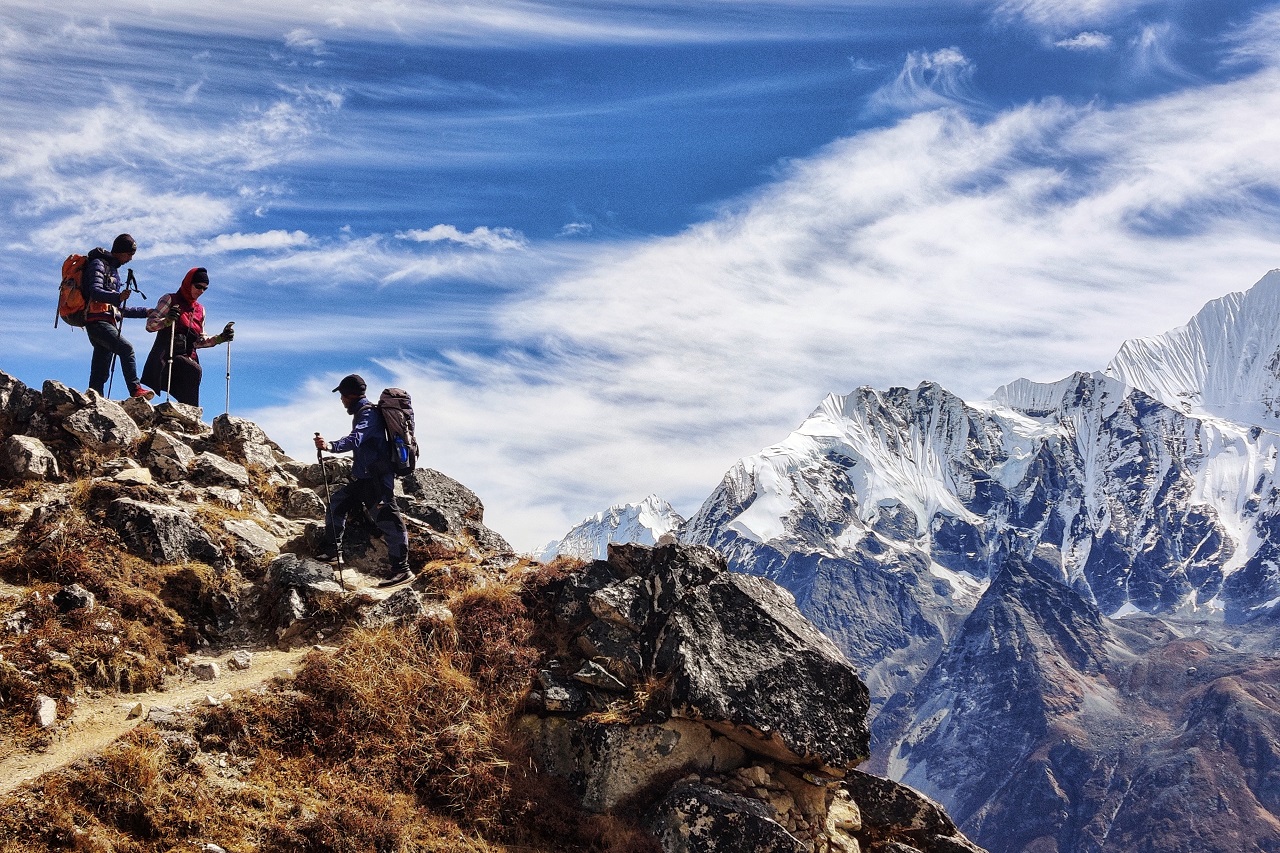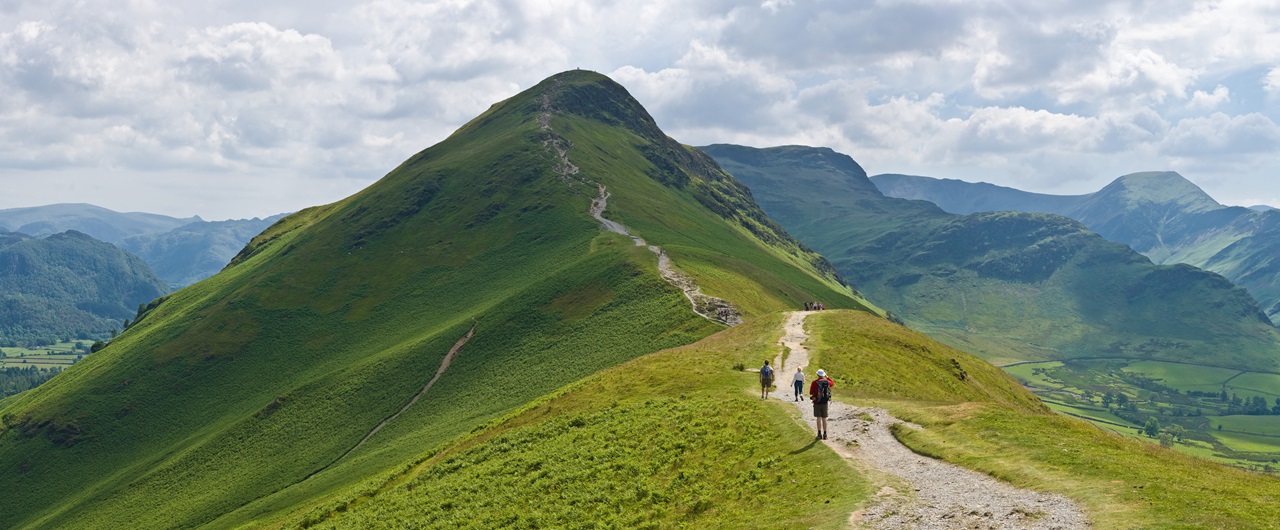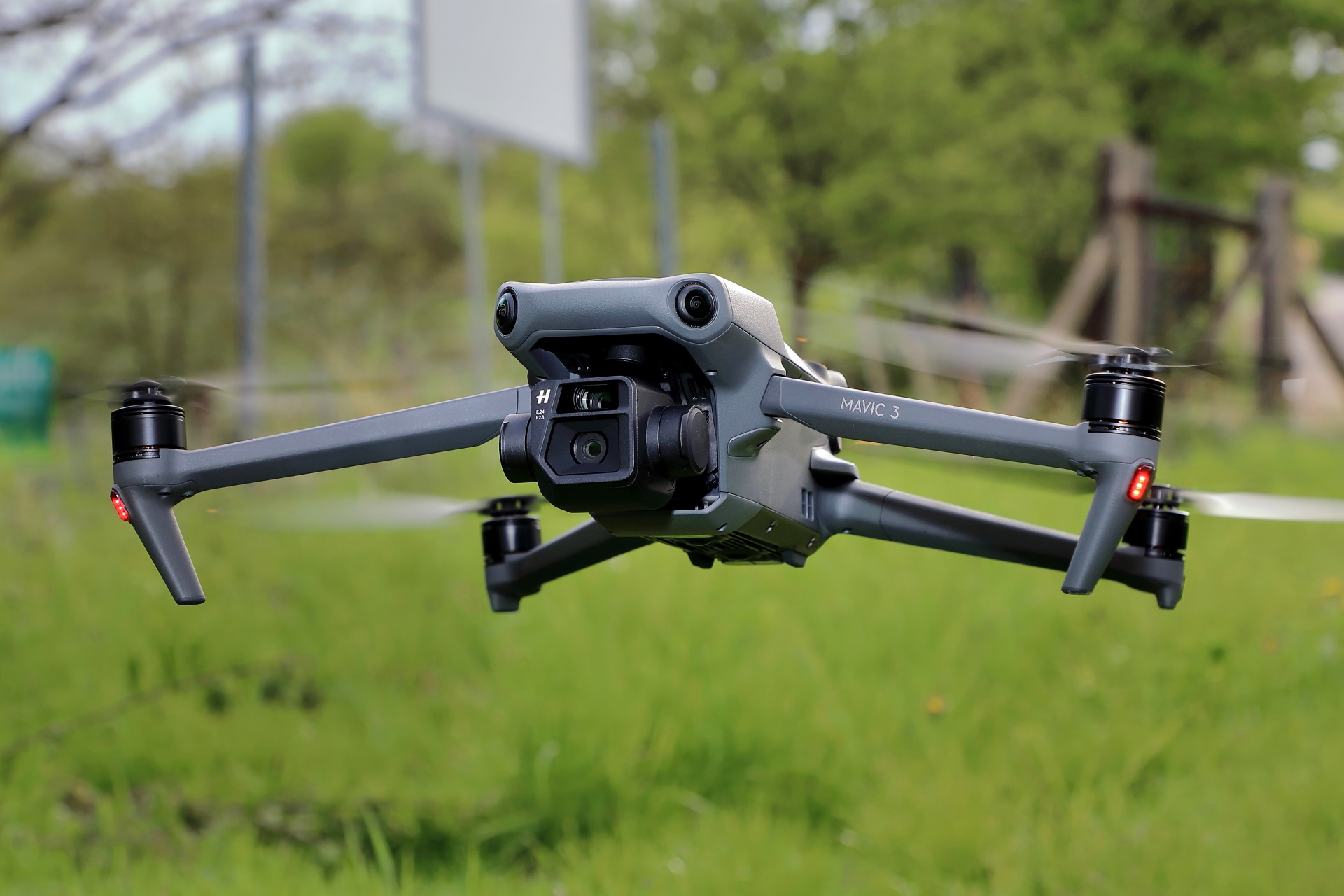Introduction: Why High Altitude Adventures Beckon
The allure of towering peaks and crisp mountain air is undeniable. For many, conquering such heights represents overcoming challenges and achieving personal feats. As rewarding as these adventures can be, they also demand meticulous preparation.
Understanding Altitude and Its Effects
Before diving into “high-altitude trekking essentials,” understanding altitude’s impact on the body is crucial. As you ascend, air pressure decreases, reducing the oxygen available. This can lead to altitude sickness if unprepared. Symptoms include headaches, fatigue, and dizziness. Recognizing these signs early ensures timely intervention.
Physical Fitness: Building Stamina and Strength
A strong body forms the foundation for any mountain adventure. Incorporate both cardio and strength training into your routine. Cardio boosts lung capacity, ensuring efficient oxygen utilization. Strength training, especially for legs, ensures you tackle steep climbs with ease. Regular workouts focusing on “high-altitude trekking essentials” will optimize your performance.
Gear Up: Choosing the Right Equipment
Investing in quality gear is non-negotiable. Start with sturdy, comfortable footwear. Your boots should support your ankles and offer excellent grip. Layered clothing allows for temperature regulation as altitudes vary. Include moisture-wicking base layers and insulated jackets. Don’t forget essentials like UV protection sunglasses and a reliable backpack.
Acclimatization: The Key to Avoiding Altitude Sickness
Perhaps the most critical aspect of “high-altitude trekking essentials” is acclimatization. It involves gradually adjusting to decreased oxygen levels. Spend a few days at intermediate altitudes before attempting higher peaks. This gradual adaptation reduces the risk of altitude sickness.
Hydration and Nutrition: Fueling Your Ascent
Drinking ample water maintains hydration at high altitudes. Combine this with balanced meals rich in carbohydrates. Foods like oats, pasta, and fruits provide sustained energy for climbs. Pack energy bars and nuts for on-the-go snacking.
In our journey of “high-altitude trekking essentials,” we’ve touched upon the foundational knowledge required. As we venture further, we’ll delve into more specifics, ensuring you’re equipped for any mountainous challenge. Join us as we ascend to greater heights!
Training Techniques: Advanced Preparation
Going beyond basic fitness, delve deeper into “high-altitude trekking essentials” by adopting specialized training. Incorporate interval training to simulate steep ascents and descents. Practice breathing exercises, such as pranayama, to enhance lung capacity and improve oxygen efficiency. Regularly hike in varying terrains to acclimate your body to different challenges.
While marked trails exist, possessing navigational skills is invaluable. Learn to read topographic maps and use a compass. Familiarize yourself with landmarks. With today’s technology, GPS devices and apps assist in route tracking. However, traditional skills provide a safety net when technology fails.
Weather Watch: Understanding Mountain Climates
Mountain weather remains notoriously unpredictable. One moment it’s sunny, and a sudden cloud cover brings snowfall the next. Educate yourself on local weather patterns. Regularly check forecasts leading up to your trek. Pack accordingly. Staying ahead of the weather game is a vital component of “high-altitude trekking essentials.”
Safety Protocols: Prioritizing Well-being
Even the most experienced trekkers encounter unexpected challenges. Equip yourself with a first aid kit tailored for mountain conditions. Know basic first aid procedures, especially those pertinent to altitude sickness. Always inform someone about your trekking route and expected return. Carry emergency communication devices, like satellite phones, ensuring connectivity in remote areas.
Group Dynamics: Strength in Unity
While solo treks offer solitude, there’s safety and camaraderie in numbers. Consider joining trekking groups or hiring local guides. They not only enhance safety but also enrich your experience with local knowledge and insights. Ensure clear communication within the group, establishing protocols in case of separation.
Ethics and Environment: Treading Lightly
Amidst “high-altitude trekking essentials,” let’s not forget our responsibility towards nature. Practice ‘Leave No Trace’ principles. Carry biodegradable products, avoid littering, and respect local customs. Mountains are sacred entities in many cultures. Your mindful approach ensures these pristine environments remain untouched for future adventurers.
Our expedition into the vast realm of “high-altitude trekking essentials” continues to expand. With each step, we’re inching closer to ensuring a successful and fulfilling mountainous journey. Stay with us as we scale further into the exhilarating world of high-altitude adventures!
Essential Documentation: Being Legally Prepared
One aspect of “high-altitude trekking essentials” often overlooked is ensuring you have the right documentation. Depending on your destination, you may need permits or licenses to trek in certain areas. Always check local regulations and obtain necessary permissions in advance. This not only keeps you on the right side of the law but also contributes to conservation efforts in protected areas.
Altitude Over Ambition: Knowing When to Descend
While reaching the summit is a thrilling accomplishment, it’s essential to recognize your body’s signals. If you experience severe altitude sickness symptoms or other health issues, it’s crucial to descend. Putting safety over summit goals embodies the spirit of “high-altitude trekking essentials.” Remember, mountains will always be there, but risking health can have lasting repercussions.
Post-Trek Recovery: Recuperating After the Climb
After your high-altitude adventure, allow your body ample time to recover. Engage in gentle exercises to alleviate muscle soreness. Stay hydrated and consume nutrient-rich foods to replenish energy. Reflecting on your journey and planning for the next is a joyous aspect of the “high-altitude trekking essentials.”
Building a Trekking Community: Sharing and Learning
Joining online forums and local trekking communities offers a wealth of knowledge. Share your experiences, learn from others, and plan future treks. Engaging with fellow enthusiasts not only enhances your skillset but also fosters lifelong friendships centered around a shared passion.
Continuous Learning: Upgrading Your Mountain Knowledge
The world of “high-altitude trekking essentials” is vast and ever-evolving. From newer gear technologies to updated safety protocols, there’s always something new to learn. Attend workshops, read articles, and participate in training sessions. Continuous learning ensures you stay ahead of the curve, primed for every mountainous challenge.
Conclusion: Embracing the Peaks with Preparedness
Embarking on high-altitude treks is a transformative experience, a blend of physical challenge and mental rejuvenation. As we’ve journeyed through “high-altitude trekking essentials,” the recurring theme is clear: preparation is paramount. With the right knowledge, gear, and mindset, you’re set to conquer any peak, ensuring each trek is both safe and memorable. Embrace the adventure, for the mountains beckon!



